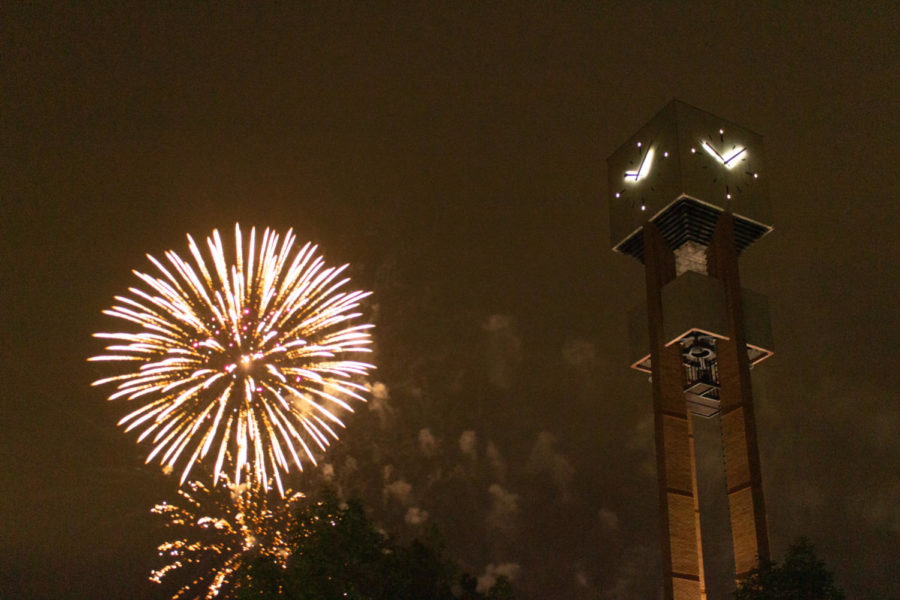Weber State University’s physics department has received funding from NASA for a high-altitude research opportunity during the upcoming solar eclipse.
The High Altitude Reconnaissance Balloon for Outreach and Research team, also known as HARBOR, are using the funds to create a balloon that will be able to take video from the stratosphere during the eclipse on August 21.
The HARBOR team is partnering with other university groups and planetariums to share the information they find with those in the state, including BYU Idaho’s High Altitude Research Team, also known as HART, and the University of Montana’s BOREALIS team.
WSU Physics professor and program lead John Sohl explained the importance of this research in a WSU press release.
“High altitude research balloon teams from around the nation are staging along the eclipse path to help make this one of the most carefully studied total solar eclipses ever,” Sohl said. “Ozone will be especially interesting to measure since it is dependent on sunlight and goes through a normal daily cycle that might be impacted by the eclipse.”

The eclipse will not reach total coverage of the sun in Utah, but will be around 90% coverage. Those who are looking to observe the eclipse should make sure they have protective glasses for their eyes when any surface of the sun is visible.
Be sure to look for an upcoming article about details on solar eclipse events and historical importance.



















